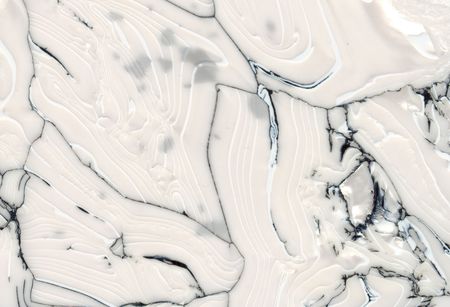What You Should Know About PVC and BPA
What is PVC?
Polyvinyl chloride, also known as PVC, is considered the most toxic plastic for our health and environment; so much so that it is nicknamed "Poison Plastic". It is used to make everything from floors and pipes to medical products and food packaging - and yes, children's toys.
Pure PVC is 57% chlorine, a toxic substance whose production produces significant pollution. PVC is the only plastic made with chlorine, and PVC requires toxic additives, including heavy metals such as lead, endocrine disrupting phthalates and toxic flame retardants, to be processed into stable and usable consumer products. These additives are released during both the use and disposal of PVC products.
The dangers of PVC
Phthalates are chemicals used to soften or plasticize PVC products that can be released into the air by use. The phthalates cling to dust and can then be inhaled by humans. Congress has banned the use of phthalates in toys. However, phthalates in school materials, floors and other products still threaten children's health and studies have linked PVC and phthalates to respiratory problems.
What is BPA?
BPA stands for Bisphenol A. It is an industrial chemical that has been used since the 1960s to manufacture certain plastics and resins.
BPA is found in polycarbonate plastics (including PVC) and epoxy resins. Polycarbonate plastics are often used in containers where food and beverages such as water bottles are stored. They can also be used in other consumer products.
Epoxy resins are used to coat the inside of metal products such as food cans, bottle tops and water pipes. Some tooth sealants and composites may also contain BPA.
The dangers of BPA
Some studies have shown that BPA can enter food or drink from containers made with BPA. Exposure to BPA is a health risk because of possible effects on the brain, behaviour and prostate of fetuses, infants and children. Additional research suggests a possible link between BPA and elevated blood pressure.
How to protect your children
Search for products labelled PVC-free and BPA-free. Otherwise, check the product directly. PVC is marked with recycling code 3 or the letter "PVC". And some, but not all, plastics marked with recycling codes 3 or 7 can be produced with BPA.
Search for the American Society for Testing and Materials (ASTM) label. This means that the toy meets US safety standards.
What does QUADRO contain?
QUADRO is PVC-free and does not contain phthalates. We use polypropylene, which is considered a safe, BPA-free plastic. It is identified by the recycling code 5 or the letters "PP".

